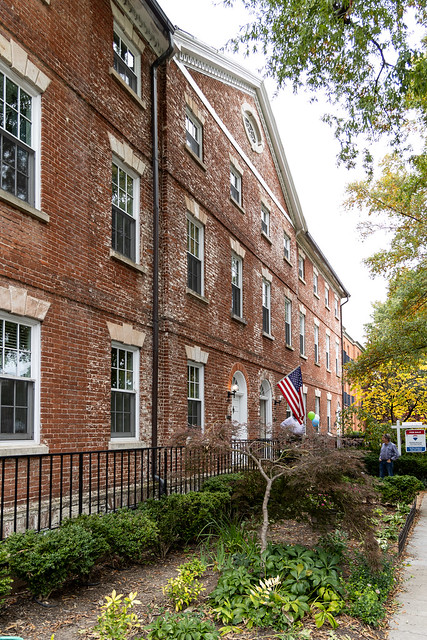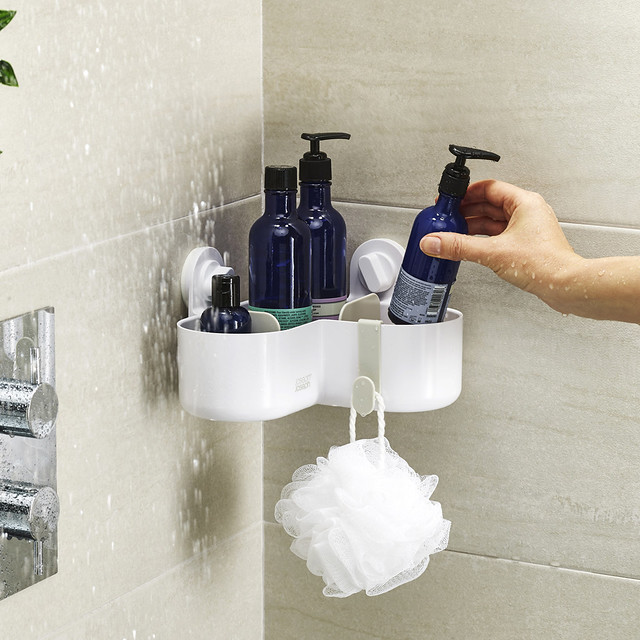Interior Design and Renovation
Many homeowners have a misconception that interior design and renovation are the same thing. While both are essential for creating a comfortable and visually appealing space, they require different skill sets.
Choosing an experienced and trustworthy New York designer can help you avoid nasty surprises during your remodeling project. They will also have access to “to the trade” sourcing and discounts on materials.
Budget
One of the first things homeowners should do is decide how much they can afford to spend on their project. This is important because it will help narrow down the scope of the renovation. Once you have a number in mind, it is easier to find contractors who can do the work within that amount.
Next, homeowners should do a bit of research to figure out how much the projects they have in mind will cost. They can start by going back over their wish list and separating items into “must haves,” “maybes” and “someday down the line.” Then, they can start doing the math to determine how much each item will cost. This will give them a good idea of how much to budget for the entire project, including any designer fees.
Then, they should get estimates from interior renovation and design contractors and do their best to stick to that budget. If there are unforeseen costs, like shipping or permits, they can talk through them with the contractor and see if there is room to work it into the project.
Finally, they should set aside 10 to 20 percent of their budget for any unexpected expenses that might come up during the renovation. This is important because renovations are always more expensive than expected. It is also a good idea to pad the budget even more for items like back-ordered materials or weather delays.
Design
After a budget is set and the project scope is defined, the design process begins. This is where an interior designer can help you hone in on the details that make your renovation unique and tailored to your needs. From selecting paint colors, faucets and even lighting fixtures, an interior designer can save you a great deal of time by helping you make savvy decisions. They can also communicate with contractors and subcontractors to fully demonstrate the proposed designs for bidding and convey any additional details of your approved design.
This phase can take a few months and involves preparing a detailed design presentation, sourcing materials and requesting pricing from vendors. Once the final design is approved, your interior designer will prepare a specifications notebook for the general contractor and any trades required. They will also prepare the building permit application and submit it to your apartment board or condo association.
One of the biggest differences between house renovation and interior design is that home renovation is focused hotel patio furniture customized on improving a space’s functionality, while interior design is about creating a visually appealing environment. While both processes overlap at times, it is best to have an interior designer oversee your home renovation in order to achieve the highest level of aesthetics and function. They have a wealth of experience and a broader understanding of construction and various other critical principles renovators are not often familiar with.
Permits
Depending on the location of your home and the scope of the renovation, you may require a permit to complete your work. Having a permit ensures that the renovation is done correctly and in accordance with building codes and regulations. Without a permit, you could face fines and other legal action.
A permit is required for most construction and renovation projects, including converting rooms and adding on to your home. However, some aesthetic improvements don’t require a permit. For example, painting and wallpapering don’t require a permit as long as the existing materials aren’t changing. Similarly, redoing your bathroom doesn’t require a permit as long as you keep the existing layout and fixtures (toilet, tub, sink). A permit is not needed for replacing light fixtures or appliances.
If you’re unsure whether you need a permit, it’s best to consult your local department of buildings or city planners. They can provide zoning maps and other information to help you understand your property’s limitations.
Be sure to consider the time and costs involved in getting a permit. In some cases, you’ll need to submit plans, undergo a review process, and have inspections. This can add up to a significant amount of money. It’s also important to factor in the cost of permits when planning your budget for a home renovation.
Contractors
There is a lot that goes into a successful renovation and many people will be involved. It is important to know the role of each team member. This will help you select the right contractor for your project. For example, a general contractor is a person who will carry out your renovation plans as they are laid out in the design. They will take care of the construction, plumbing and other basic tasks. They will also bring in subcontractors for specialized work. They will help you create a renovation budget and manage the construction process.
They will work with an architect or create their own designs when an architect is not warranted. They will also oversee the building process and handle permit applications. They will also help you choose the materials and finishes for your space. They will also be in charge of managing the other contractors on your renovation.
It is important to ask your contractor what problems have occurred in past renovations and how they were resolved. The open-ended answers will be very revealing. Also, be sure to find out how they communicate with clients throughout the renovation process. Do they schedule weekly meetings or are the meetings more spotty? Lastly, do they offer a flat fee or a percentage of the overall cost?



